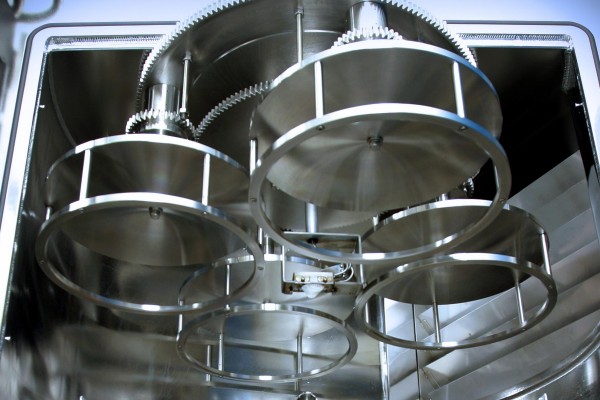 The advancement of optical coating systems has led to numerous opportunities.
The advancement of optical coating systems has led to numerous opportunities.
Optical coating systems have been significantly advanced by the technological process in film deposition as well as other high demanding applications. The progress has been very much dependent on the understanding of growth mechanisms that control the film’s microstructure, the optical characteristics, and the interfaces.
The development of fabrication technologies for thin films have been significantly improved based off of the requirements of optical coating systems for various conventional and high-tech applications. This includes dielectric coatings for optical filters and other devices. The rapidly evolving area of these applications have provided for quality optical films.
Qualifications and Modalities
In order for there to be optical coating, there must be qualifications that must be passed. First off, the choice of the appropriate film materials and film deposition processes must consider certain criteria. For example, the techniques must allow for a precise control and reproducibility of the complex refractive index. They must also respect the wavelength dependence when it comes to the refractive index as well. In order to achieve positive results of certain material characteristics, optical coatings must be traditionally prepared through the process of physical vapor deposition from solid materials – i.e. sputtering and evaporation. To better control the film’s microstructure, especially when the film’s packing density is to be increased, there needs to a selective adjustment of the ion energies. This drives the development of both the ion and the plasma processes. E-beam evaporation or physical vapor deposition is also used to increase the flexibility rate in terms of composition and packing density.
